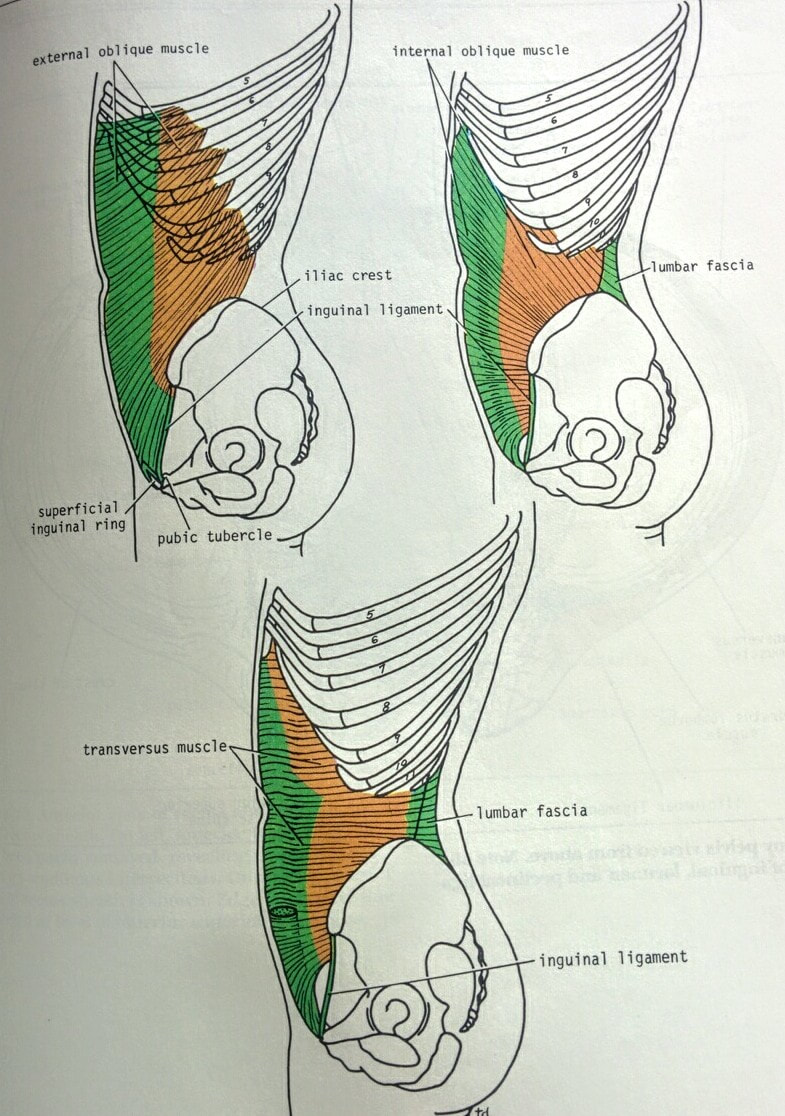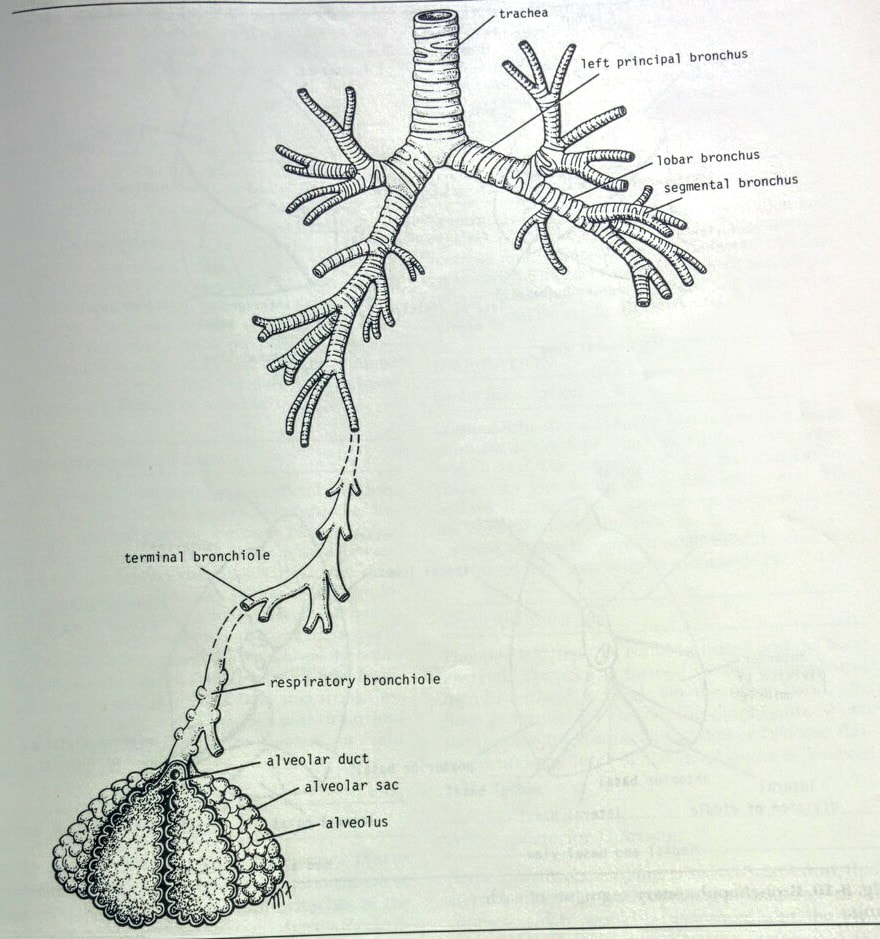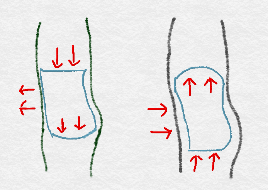|
This week has flown past preparing for a health fair at the Bay Area Vaishnav Parivar (BayVp).
The topic was dear to me so, I just dove in: “Yoga for (in) Healthy Living.” Decided to consider asana and pranayama, which are two of the most popular limbs from ashtanga yoga being adapted widely in the USA, and are intimately related to physical therapy. The eight limbs being yama, niyama, asana, pranayama, pratyahara, dharana, dhyana and samadhi. I have covered Suryanamaskar in some detail in earlier posts, so it is only apt to consider pranayama in this post. Pranamaya kosha is one of the five sheaths by Patanjali (who is considered to be the father of yoga). Pranamaya kosha is constituted of “energy” rejuvenated through breath, communicating with subtle layers-vital, mental, psychic, and spiritual. Simultaneous processes are going on at various levels –for example biomechanically at the gross or physical level, physiologically at subtle or cellular level, sensory stimulation and processing at manomayakosha (mind) and a true understanding of this at the vijnanmayakosha (wisdom/discriminatory intellect), and just pure bliss from nourishment of being (anandamayakosha) . Essentially, the body functions through the energy it gets from food we consume and the air that we breathe is used to “burn” (jatharagni) the food to release energy, which we then use to accomplish various life processes and works. This is the process of respiration which occurs at the cellular level. The energy from the sun is stored in form of foods in the plants, vegetables, fruits, etc.; we consume. The air we breathe provides the fuel (oxygen) to burn the food. The air we breathe goes into the lungs, which expand as the air fills the air sacs. From the air sacs, the oxygen dissolves into the blood and is carried away by the blood to the cells for respiration (or burning the food consumed to produce energy). At the same time the diaphragm contracts, the pelvic floor muscles relax and allow the abdominal organs to be accommodated and the abdominal wall moves out. This is inhalation. The abdominal muscles- the transversus abdominis and internal obliques contract as the diaphragm relaxes and the abdominal contents push up narrowing the chest cavity. This is exhalation. The transversus abdominis is in a mild contraction all the time, since it is a postural muscle. This stabilizes the spine. The fascial sheath wraps all around the low back like a corset. • Simply put, when one breathes in, the stomach/abdominal wall moves out and the chest cavity expands. • When one breathes out, the abdominal wall recoils inwards as the diaphragm relaxes and abdominal contents push into the chest cavity which also deflates (much like a balloon filling with and loosing air). Practicing Sahaja Pranayama • Sit cross-legged in sukhasana, padmasana, ardh padmasana, or on a chair (comfortable position). • Maintain good upright posture in the spine. • Look down by lowering the head. Breathe in through the nose. The stomach/abdominal wall moves out slightly and the chest cavity expands all around. • Look straight forward by raising the head. Breathe out through the mouth. The stomach/abdominal wall recoils inwards as the diaphragm relaxes and abdominal contents push into the chest cavity which also deflates much like a balloon loosing air. (P.S. The pictures for this post are from Clinical Anatomy by Richard Snell and from reuseable online sources.)
0 Comments
Your comment will be posted after it is approved.
Leave a Reply. |
Details
AuthorAmi Gandhi is a licensed physical therapist in the state of California. She is the owner of StableMovement Physical Therapy, a small boutique practice in San Jose that offers patient centered, one-on-one, hands-on physical therapy. Archives
March 2018
Categories |




